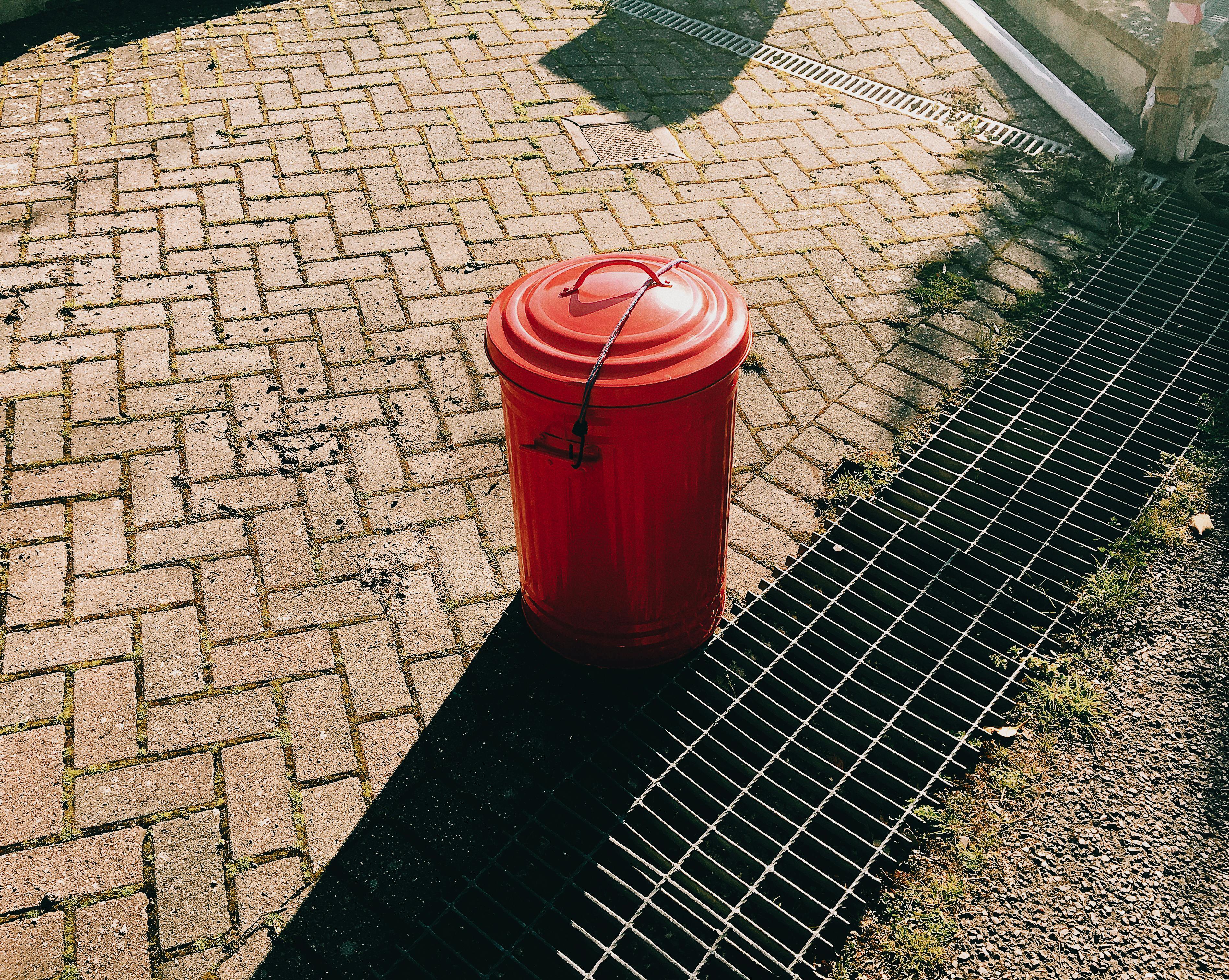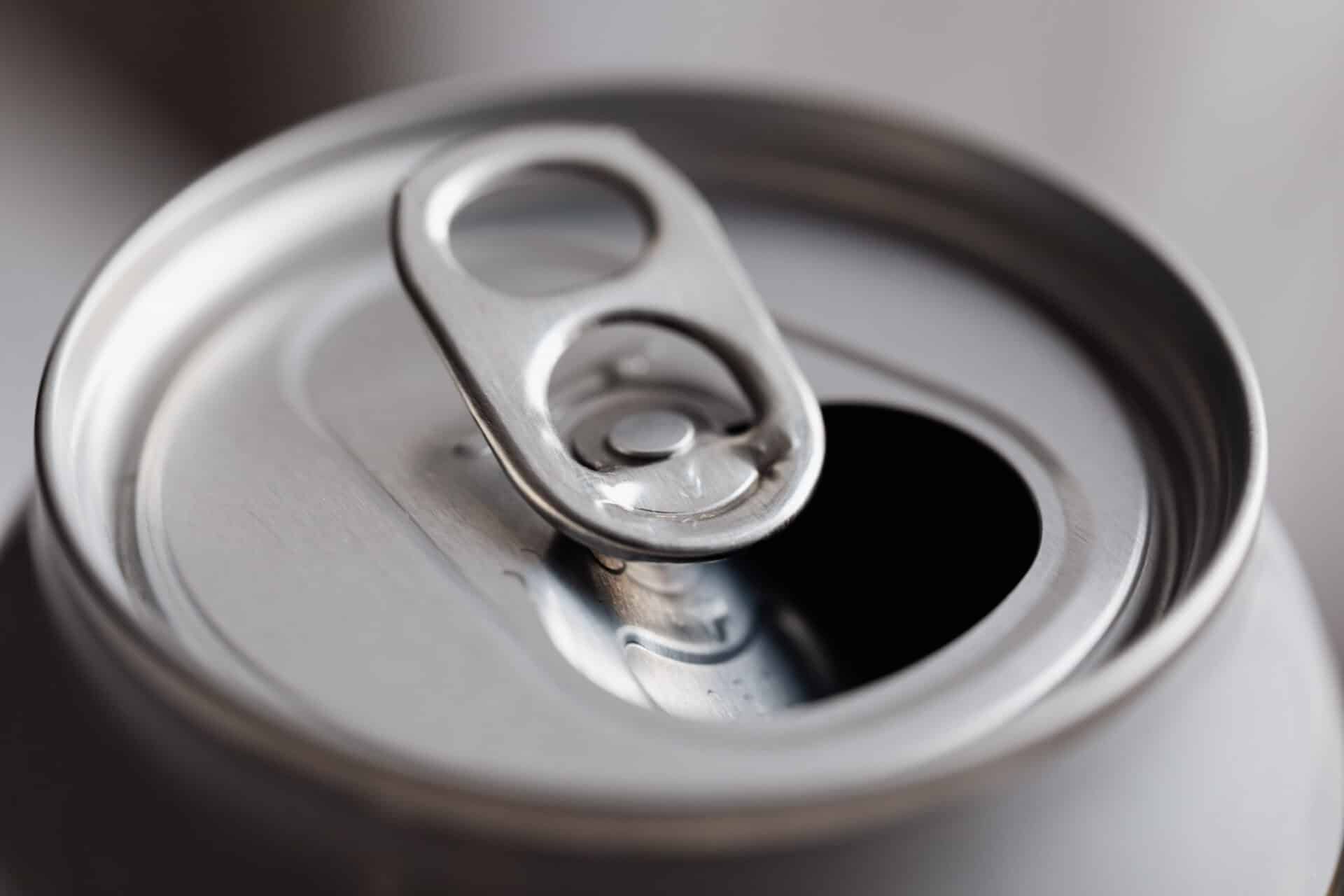Simple distillation is a process that involves the separation of liquids from solids or two liquids with different boiling points. It is a physical separation technique that utilizes the differences in the volatility of component parts of a mixture. The process involves heating a mixture to its boiling point, collecting the vapor produced and then cooling it to separate liquid and solid components. It is an effective way to separate volatile components from non-volatile ones.Simple distillation is a method of separating a mixture of two or more liquids with different boiling points. It involves heating the mixture until one component vaporizes, condensing the vapor and collecting it for further use. The remaining liquid is removed from the beaker or flask for further separation processes. Simple distillation is used widely in chemical laboratories to separate mixtures and purify liquids.
What is Simple Distillation?
Simple distillation is a method of separating mixtures of liquids with different boiling points. It involves heating the mixture until one component vaporizes, then condensing and collecting the vapor to separate it from the non-volatile components. The main benefit of simple distillation is that it is relatively inexpensive and can be used to separate liquids with a wide range of boiling points.
How Does Simple Distillation Work?
Simple distillation works by heating the mixture to a temperature above the boiling point of the most volatile component, but below that of any other components. As the mixture is heated, one component will vaporize and rise as a gas, while the other components remain in liquid form. The vapor is then cooled until it condenses back into a liquid, which can be collected separately from the rest of the mixture. By repeating this process multiple times, it is possible to achieve a high degree of purity for each component in the mixture.
Advantages of Simple Distillation
Simple distillation is a common technique used in the laboratory to separate and purify liquids. It is a relatively inexpensive and straightforward process that is easy to set up and operate. The advantages of simple distillation include:
1. Easy to Set Up: Simple distillation requires minimal equipment which makes it very easy to set up. All that is needed are the components for the distilling apparatus, such as a heating source, a condenser, and collecting flasks.
2. Inexpensive: Simple distillation does not require costly equipment or materials, making it an economical choice for many laboratories on a limited budget.
3. Quick Process: Compared with other laboratory techniques, simple distillation is relatively quick and efficient. The process typically takes only an hour or two to complete from start to finish.
4. Versatile: Simple distillation can be used in a variety of applications, including the separation of liquids with different boiling points or the purification of organic compounds from impurities.
5. High Purity
Advantages of Simple Distillation
Simple distillation is a common method used to separate mixtures of liquids with different boiling points. It is one of the most cost-effective and efficient methods of separating liquids from each other. One of the major advantages of simple distillation is that it can be used to separate mixtures containing two components that have very close boiling points. This makes it ideal for separating liquids that are difficult to separate using other methods. Additionally, it requires minimal equipment and can be performed relatively quickly, making it a great choice for laboratory settings. Finally, because the process involves heating the mixture until one component boils off, there is minimal wastage as any leftover liquid can be reused or recycled.
Disadvantages of Simple Distillation
Despite its many advantages, simple distillation does have some drawbacks which should be considered before using this method. Firstly, this technique is not suitable for separating mixtures with more than two components or with components that have similar boiling points. In addition, due to the nature of the process, impurities may remain in the final product as they may not all evaporate at the
Simple Distillation
Simple distillation is a separation process that involves the boiling of a liquid mixture to separate its components. The mixture is heated until one component boils at a lower temperature than the other. The vaporized component is then collected and cooled, condensing it back into a liquid in a separate container. This process can be used to separate mixtures of liquids with different boiling points, such as water and ethanol or other volatile compounds. It can also be used to purify liquids or separate compounds from solid mixtures.
Some of the mixtures that can be separated by simple distillation include water and ethanol, water and methanol, oil and water, hexane and toluene, acetone and ethanol, and many more combinations. These mixtures usually have two components with different boiling points; when heated, one component will evaporate at a lower temperature than the other. As this happens, the vaporized component will be collected in a separate container while the remaining liquid is left behind. Once cooled, the vaporized component will condense back into a liquid form in the new container.
Simple distillation has its limitations; it

Simple Distillation
Simple distillation is a process in which two or more substances with different boiling points are separated from each other. It is based on the principle that when a mixture of liquids is heated, the vapor will contain the components of the mixture in proportions determined by their respective boiling points. The vapor is then condensed and collected, allowing for the separation of the components of the mixture.
The Principle
The principle behind simple distillation is that as a liquid mixture is heated, it vaporizes and the components with lower boiling points will vaporize first. As the temperature rises, more components with higher boiling points will also vaporize. This results in a vapor that contains all of the components in varying concentrations depending on their respective boiling points. When this vapor is cooled and condensed, it can be collected and separated into its component parts. This allows for relatively pure samples of each individual component to be collected and analyzed separately.
Applications
Simple distillation is used in many industries to separate mixtures into their component parts. It can be used to purify water by separating out undesirable
Preparing for a Simple Distillation Experiment
Before performing a simple distillation experiment, it is important to ensure that all the necessary equipment and materials are available. This includes a distillation flask, thermometer, condenser, receiving flask, and the material to be distilled. It is also important to gather safety equipment like safety glasses and gloves. It is also recommended to have a fire extinguisher on hand in case of an emergency.
The next step is to make sure that the distillation apparatus is properly assembled. This includes connecting the distillation flask and condenser with clamps, ensuring that all of the joints are airtight, and making sure that there are no leaks in any of the connections. The thermometer should also be properly connected and calibrated before use.
Once everything is properly set up, it is important to properly prepare the material to be distilled. This may involve heating it up or evaporating off some of the volatile components so that only those components with higher boiling points will remain for distillation.
Once all of this preparation work has been completed, it is time to start the experiment. Before doing so however, it is important to
Simple Distillation Experiment
Simple distillation is a process used to separate mixtures of liquids with different boiling points. This process is commonly used in the laboratory and can be performed easily with the right equipment. The following are the essential pieces of equipment needed for a successful simple distillation experiment.
The first piece of equipment required is a heating source. This can be an electric hot plate, an open flame, or a steam bath. The heating source needs to be able to reach and maintain the boiling point of the liquid being distilled.
The second piece of equipment needed for a simple distillation experiment is a distillation flask or still pot. This container should be large enough to hold the volume of liquid being distilled and should also have an outlet at the bottom for collecting the distilled liquid.
The third piece of equipment required is a condenser, which is used to cool and condense the vaporized liquid back into its liquid form. Condensers come in various shapes and sizes, so it’s important to choose one that fits your specific distillation needs.

Conclusion
Simple distillation is an effective and straightforward method for separating mixtures of liquids. It works by vaporizing the components of the mixture at different temperatures and then condensing them into two distinct liquids. Through careful monitoring of temperature and composition, simple distillation can be used to separate a variety of liquids, including water and ethanol, as well as organic compounds such as acetone.
When performing simple distillation, it is important to use a thermometer to accurately measure the boiling point of each component in the mixture. This is because it can be difficult to differentiate between two closely-related boiling points without a reliable thermometer. Additionally, it is important to use a clean glassware setup that will not contaminate the sample or interfere with the separation process.
Overall, simple distillation is an effective method for separating mixtures of liquids that have different boiling points. It requires careful monitoring and precise equipment in order to achieve accurate results, but when done correctly can provide pure liquids from mixed solutions.

